In the previous installment of this Power Wheels Magazine Project Car series about the 1976 Mitsubishi Celeste 1600ST that was owned from new by ROPALI Chairman Roberto “Bob” Alingog, we were able to acquire a 1978 Celeste donor car. Instead of having it delivered to our garage via flatbed truck, we decided to drive it from Sucat, Parañaque to Sampaloc, Manila, where we will assess the Celeste and report our assessment to Bob’s son, Aldous Rex Alingog, who was spearheading the restoration project.
During our drive home, the Celeste stalled on us due to an old contact point and some fueling problems with the carburetor. After a mechanic got it started and running again, we continued our drive only to be shaken by strong wiggling when we hit speeds above 30 km/h. We decided to drive slowly and prayed to God that we reach our destination in one piece, and hopefully, without the need for a tow truck. Thankfully, we got home safely after two and half hours, shaken but not stirred. (Sorry, we’re big James Bond fans.) We parked the Celeste beside our other project car, a 1986 Mercedes-Benz 500SE (W126), that we mothballed temporarily as we scrounge around for funds, and called it a day – a very, very long day.
Under Close Scrutiny
The next day, we were up early and we excitedly hurried back to the garage to start assessing our donor ’78 Celeste. We’re always excited when we have a new car in our garage, whether it’s a late model media test drive unit that we often review for the Driven section of this website, or a brand-new car that we will evaluate for our series of Long Term Tests, or a project car like this one. We normally go around the vehicle, inspecting each panel, nut and screw, and then we look around the engine bay and in the trunk to assess its condition.
We weren’t able to closely inspect this Celeste under a fine tooth comb before we paid for it because we were mesmerized by its nice, shiny red paint. We were also under time pressure because we have a deadline to finish the car. (Like the theme song in Smokey and the Bandit movie that goes, “We’ve got a long way to go and a short time to get there”.) Yes, we know we made a rookie mistake but it only goes to show that we’re just like every other car enthusiast – we easily get excited with a new vehicle purchase!
First Things First
We attributed the wiggling of the Celeste to wheel nuts that weren’t tightened correctly but we wanted to see if the wiggle did some damage to the suspension when we drove from Sucat to Manila. We removed the front wheels one by one to inspect each hub and disc brake just to make sure that the improperly tightened lug nuts didn’t cause other maladies that will haunt us in the future. Here’s what we found:
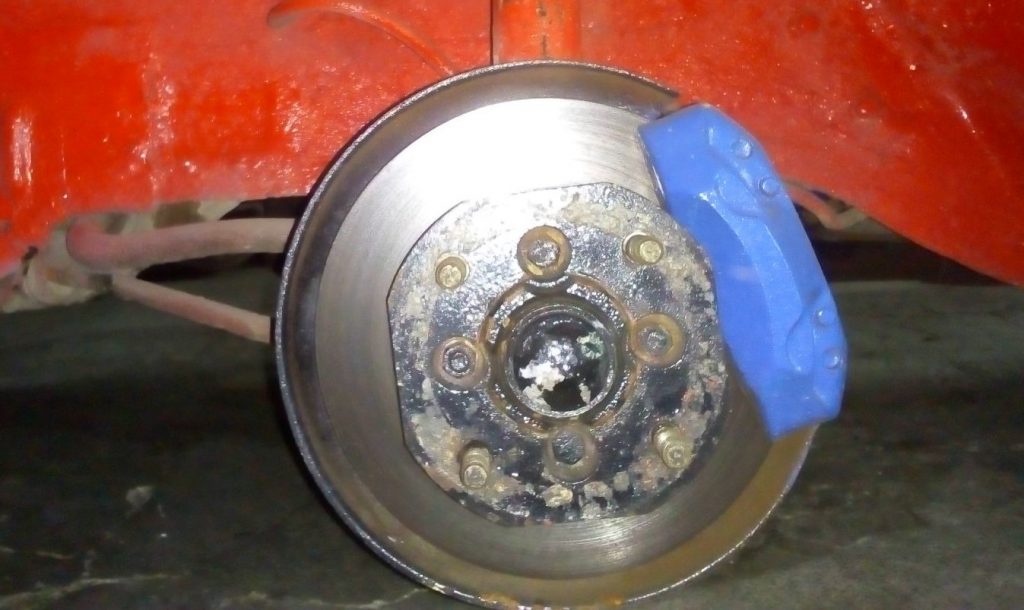
The left front hub spins freely while the disc rotor shows only light grooves and remains serviceable.
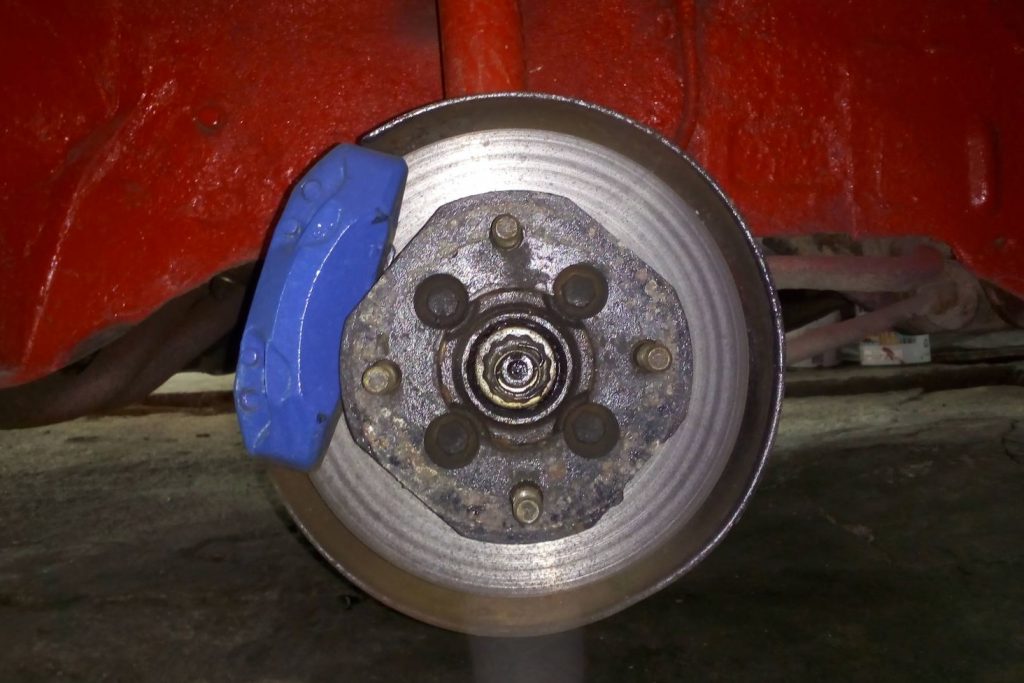
The right front hub looks okay, too, while the disc rotor shows deep grooving and may need to be replaced.
After we inspected the front suspension and disc brakes, we remounted the wheels and made sure that the lug nuts were tightened properly. We took our mini alligator jack and lifted the rear end to check the differential for leaks, check the rear leaf spring suspension for problems, and check the rear drum brakes for wear. We saw some surface rust, which are normal for a 40-year-old car, and we found that most of the rear components were in relatively good condition. However, the 145/70R13 tires mounted on the steel rims that came with the Celeste were too small (under specification) while the spare tire had the correct size (175/70SR13) but it was mounted on the wrong wheel, which is for a Nissan Sentra B13-series.
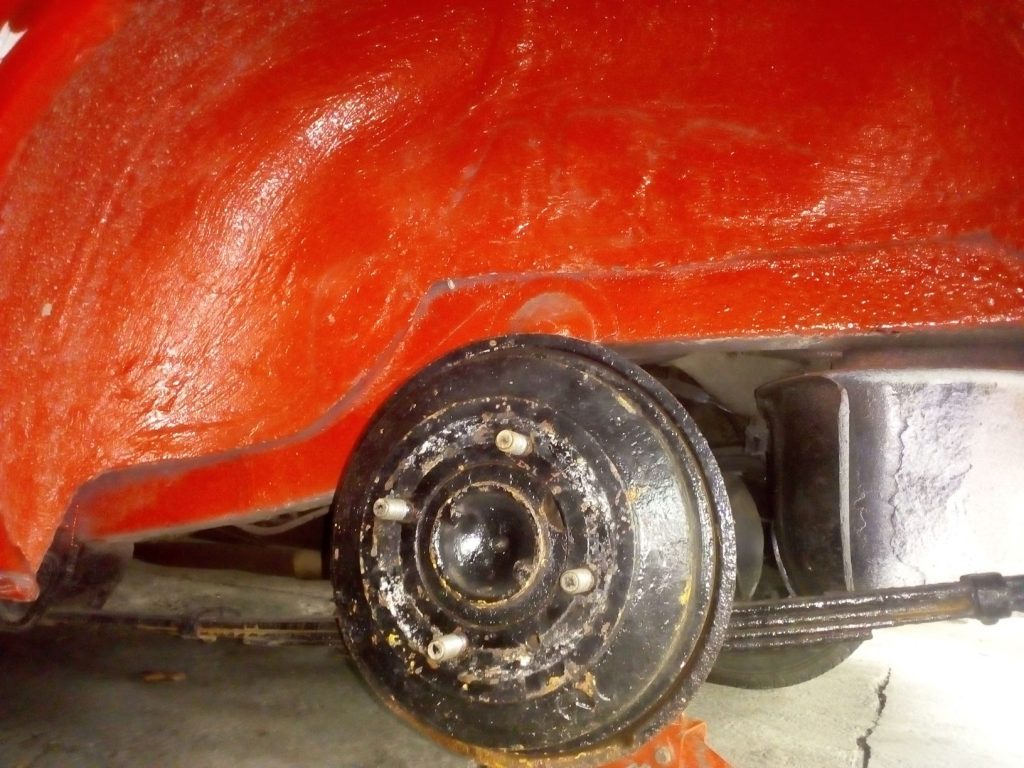
As far as we can tell, the differential, rear drum brakes, and leaf springs seem to be in good condition.
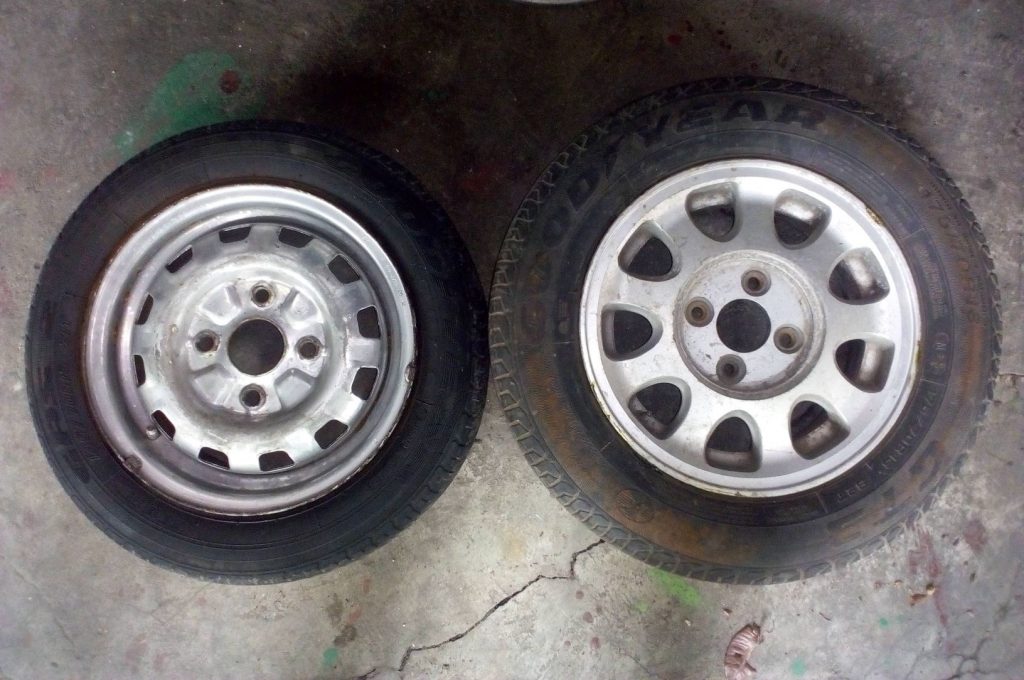
The Celeste’s steel wheels were wrapped in 145/70R13 tires that were too small for the car. The spare tire has the correct wheel size, 175/70SR13, but the wrong rim, which is for a front-drive Nissan Sentra.
The Engine Bay
After taking note of our findings with the suspension, brakes and tires, we turned our attention to the engine bay. When we lifted the hood, we noticed how uncharacteristically heavy it was, which tells us that it is full of body filler (more popularly known by its brand name Bondo or masilya in Filipino) indicating that the paint is hiding some rust or a shoddy repair. Meanwhile, the 1.6-liter inline 4-cylinder Astron engine looks complete and clean. With a hemispherical combustion chamber, chain-driven single overhead camshaft (SOHC) and two valves per cylinder, this engine was popularly known as the Silent Shaft because of twin balancer shafts that minimize and quell the engine vibrations.
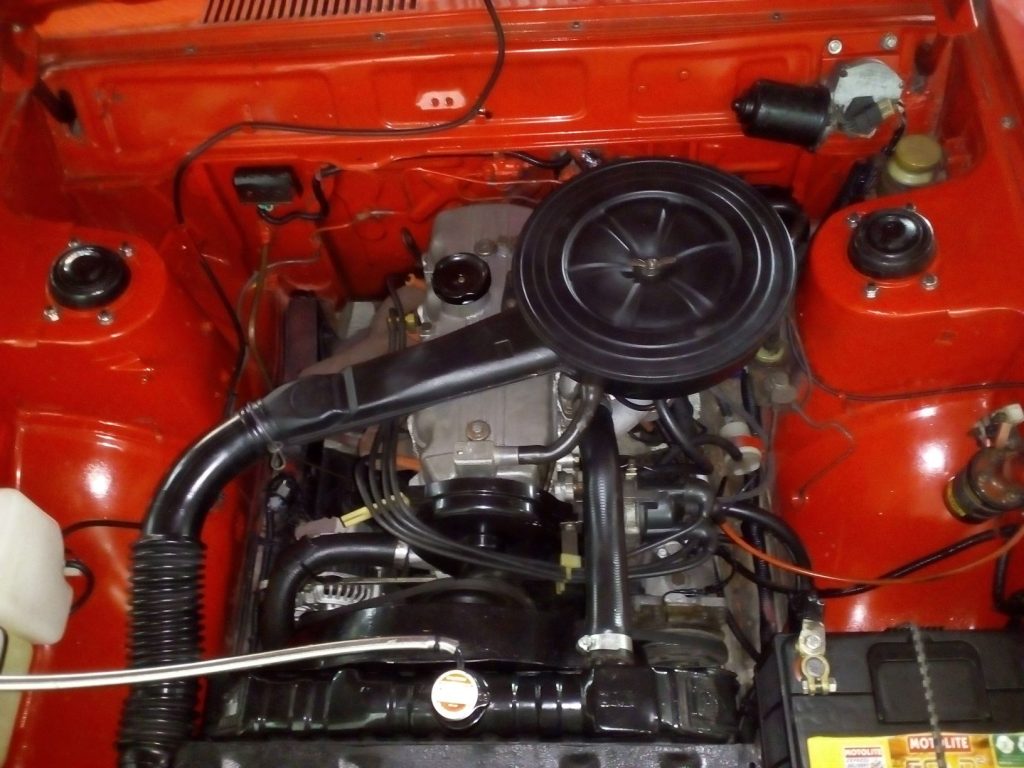
The 1.6-liter Silent Shaft engine looks complete and clean. We’re just wondering why a bungee cord is holding the battery in place instead of a steel bracket.
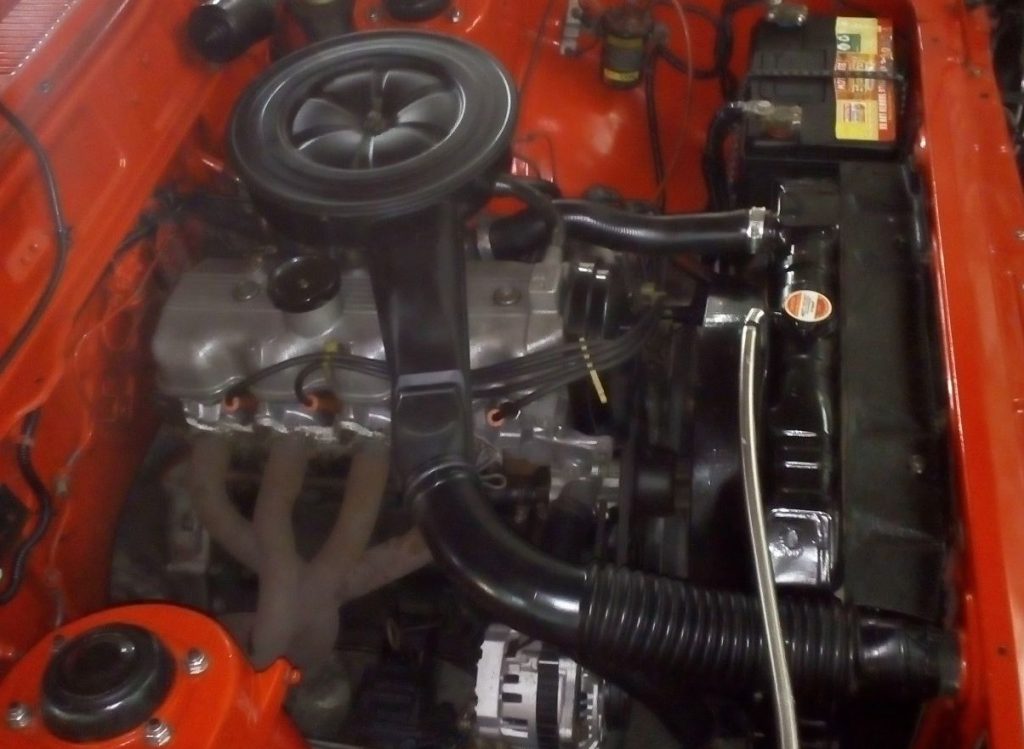
The air filter assembly looks complete as well, with the cold-air induction rubber house connecting the air cleaner to the radiator support.
Upon initial inspection, we found the engine bay to be fairly complete. We noticed that the carburetor has some minor fuel leak near its base, which can be caused by a perished gasket or an incorrectly adjusted fuel bowl. The 4-into-2-into-1 exhaust headers were covered in surface rust. Perhaps, we can coat it with VHT high-temperature paint when we restore the car, provided of course, that it doesn’t have exhaust leaks or rust holes in the header tubes or collector. We just noticed that some of the components in the engine bay, like the battery, windshield washer reservoir, and coolant overflow jug were secured with a bungee cord or a plastic tie-strap instead of the factory metal strap or bracket. Hmm…
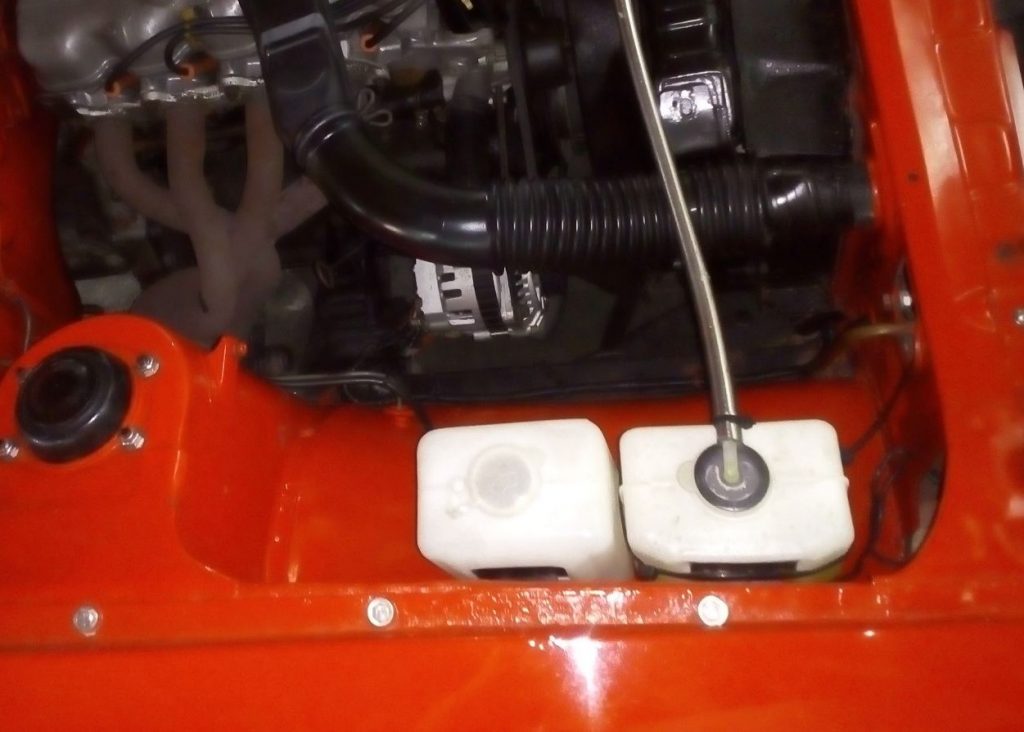
The coolant catch can/reservoir is secured to its bracket with a plastic tie-strap. The paint looks like it’s hiding some rust.
Interior Inspection
We looked inside the Celeste and found that the interior is relatively complete. We thoroughly went through the cockpit, the front seats, the rear folding seat, the trunk, the ceiling and everything in between. We noted the torn seat covers, collapsed foam cushions and general condition of the seats. We went thorough the entire cockpit with a fine-tooth comb and took note of anything and everything that should be repaired, restored, or replaced. We’ll let the pictures do the talking with the appropriate captions:
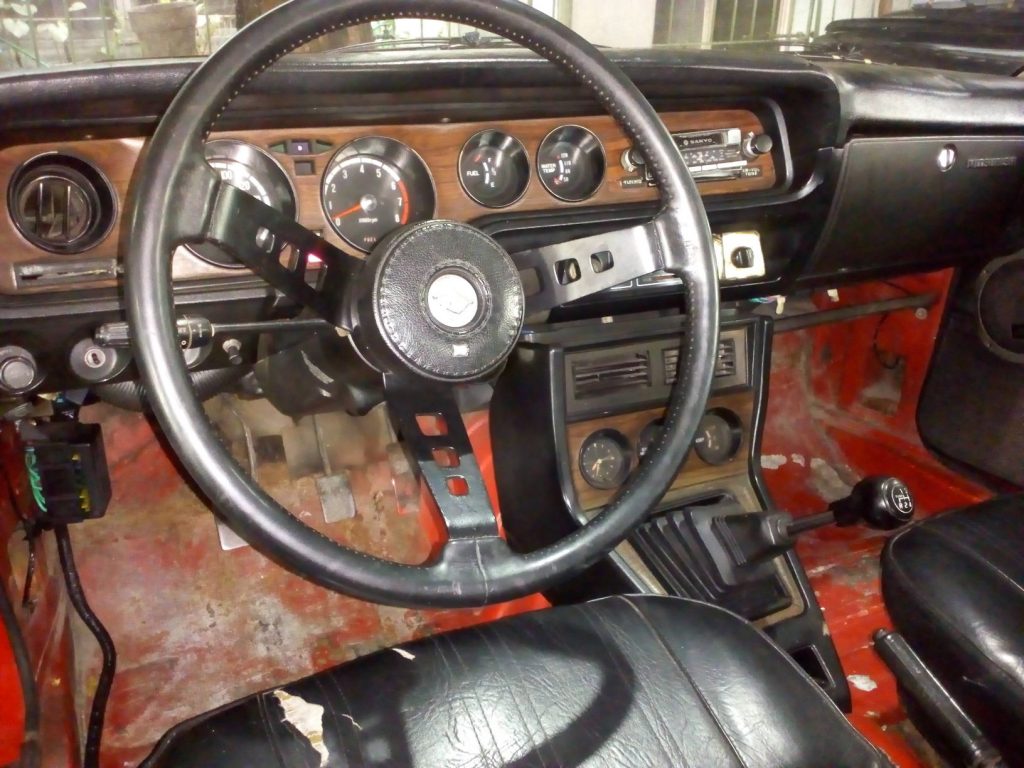
The cockpit of the Celeste seems to be complete with the factory 3-spoke steering wheel, padded dashboard with wood-grain insert, and the center console with gauges. The fronts seats will need to be reupholstered.
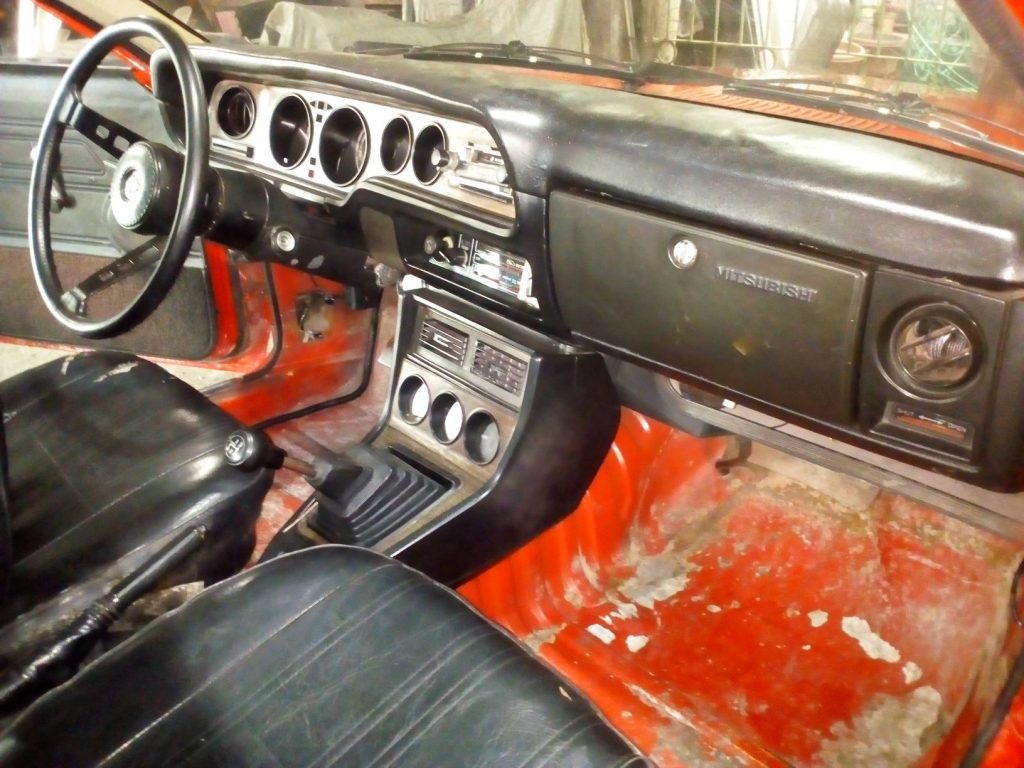
From the passenger’s seat, we can see some of the missing parts, like the lower kick panels, air vent knobs, and other small trim that we’ll need to find or fabricate to make the interior complete.
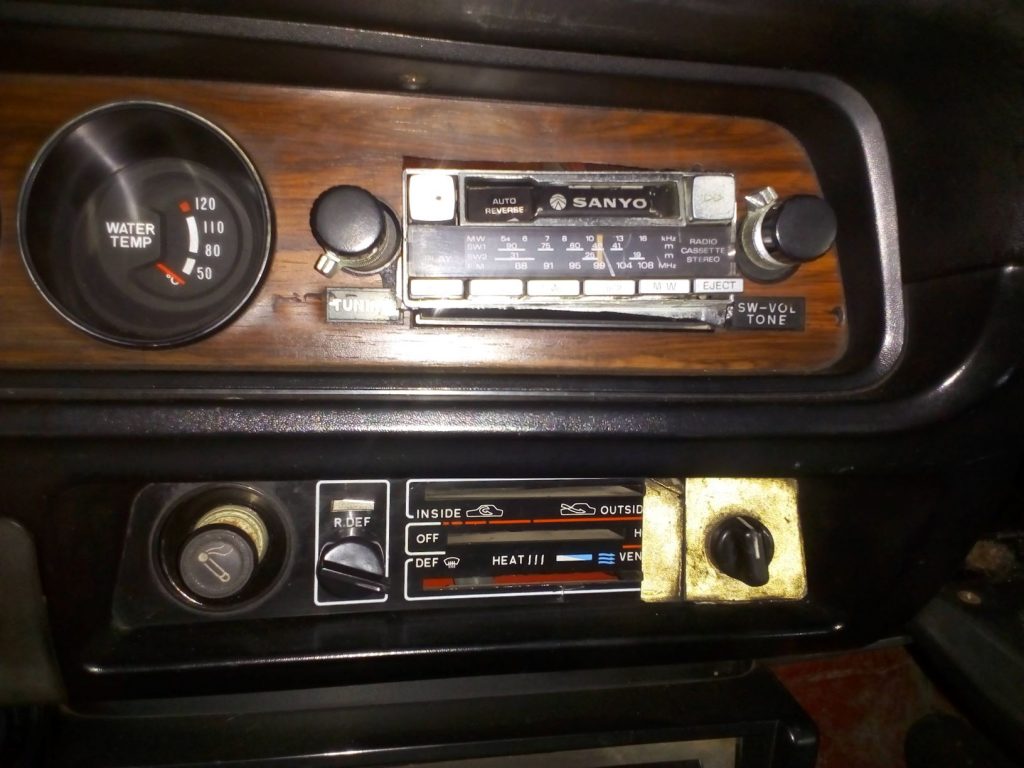
There’s an aftermarket Sanyo AM/FM cassette stereo head unit where the factory radio once was. The aircon control panel has been hacked to accommodate the aftermarket fan speed rotary knob.
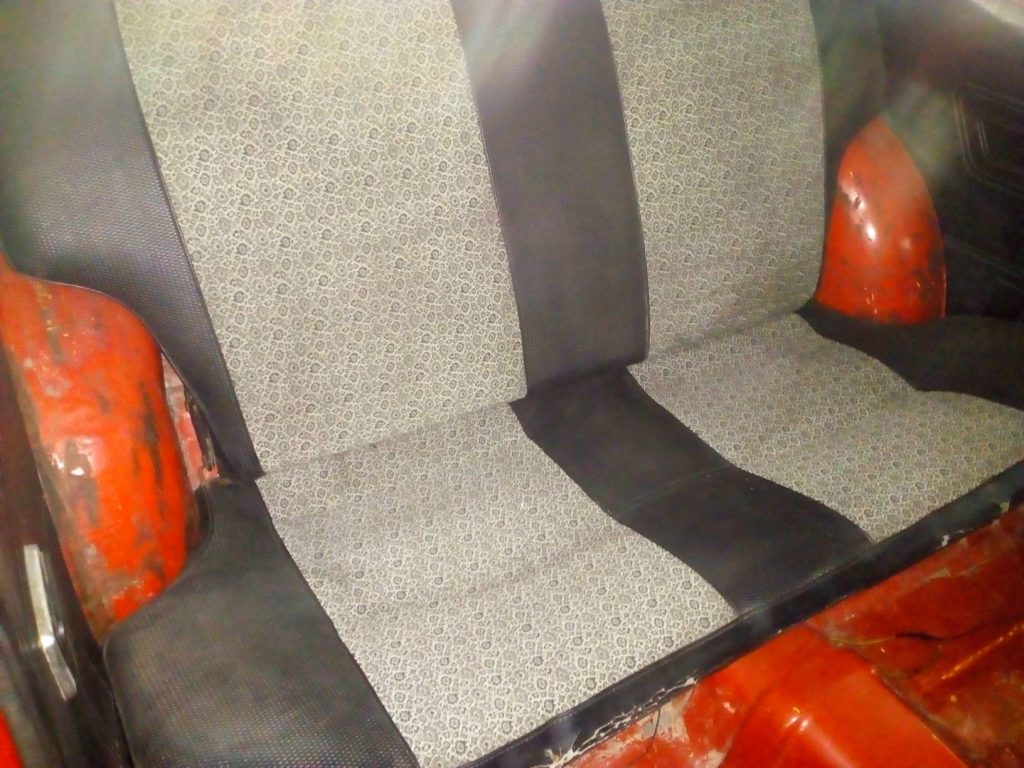
The cushion of the rear seat has become hard and uncomfortable while the original seat cover developed cracks at the edges.
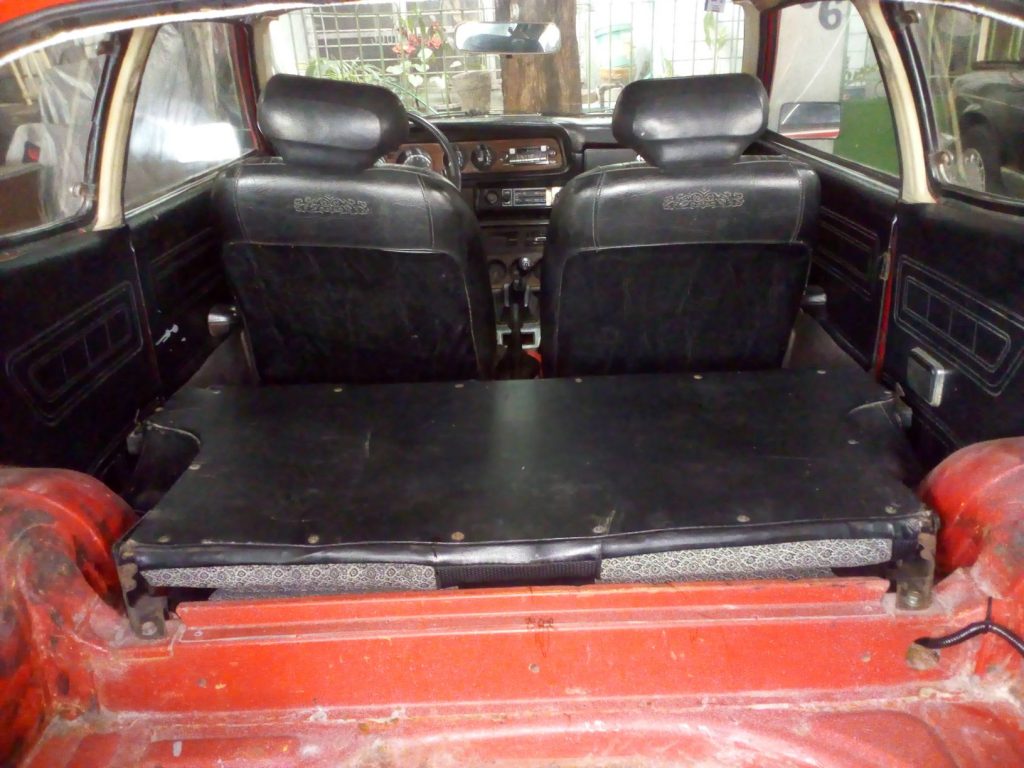
Here’s the view from the back. The rear sidings seemed original but they need are worn and aged. The seats look like they came from a Galant of the same era.
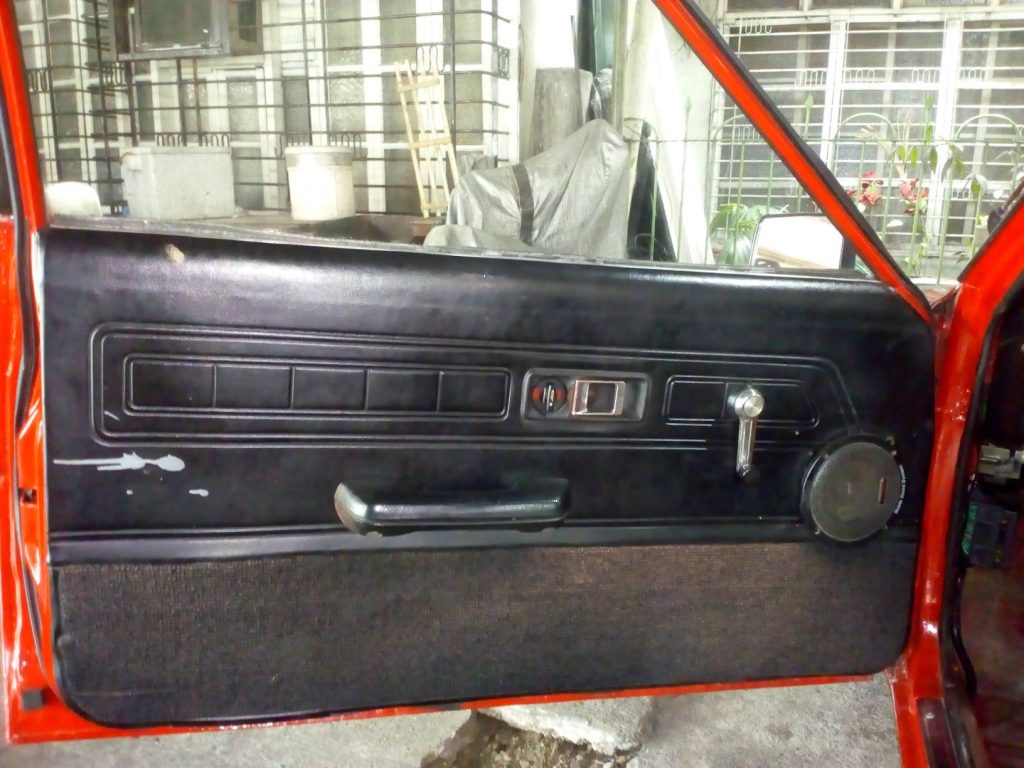
The driver’s side door card looks complete but aged, scratched and warped in some areas. Aftermarket speaker is mounted a bit too high.
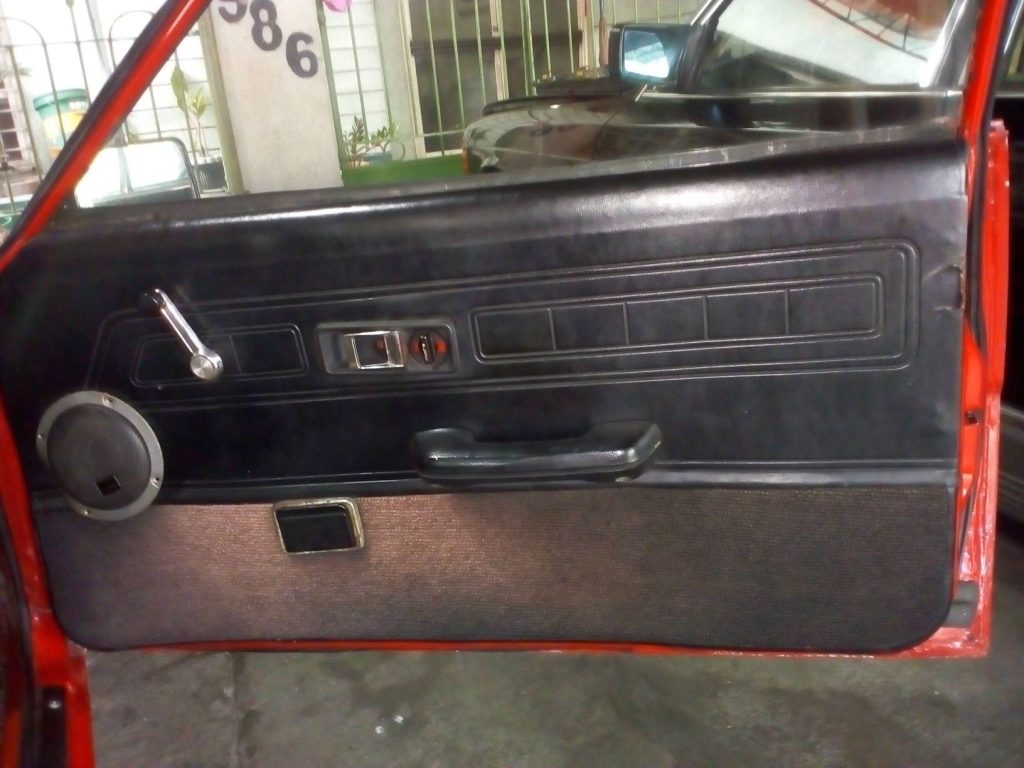
The passenger side door card is in the same condition with a tear at the upper edge near the door latch. The right door speaker looks different from the left one.
After inspecting the interior, we got down on our knees to inspect the floor from inside the car and then laid on our back to look at the underside of the Celeste. We easily observed that the floor looked solid from the inside, considering that it was not covered with a carpet, padding or any insulation. However, we wondered why the floor and the trunk area are painted red, which are normally painted black at the factory. We can only guess that this Celeste was repainted sometime during its 40-year-old history. We also found that the underside of the floor was painted with an asphalt-based finish and we can only guess that it was done to protect the metal from rust. However, we can’t help but suspect that the paint was hiding some rust or shoddy repairs and quick fixes.
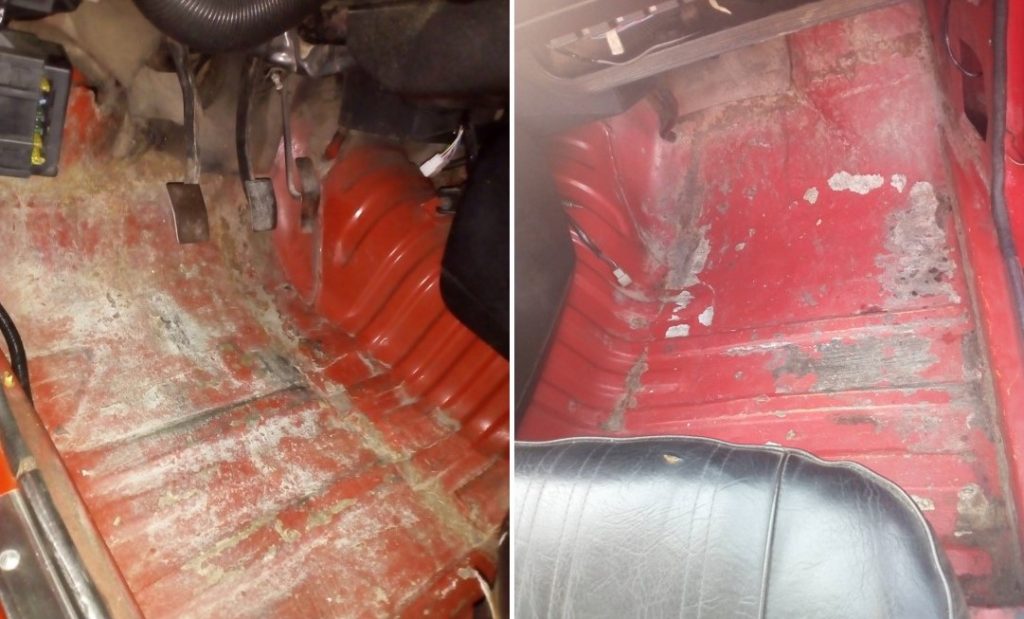
Without the carpet and insulation, we can see that the driver’s side and passenger floors are solid.
After our assessment was complete, we reported our observations and findings to Aldous, who gave us the green light to proceed with the next step of the project. We were preparing to drive the car from our garage in Manila to the JSK Custom Paint and Auto Works garage / workshop in Marulas, Valenzuela City, when Aldous sent us an additional request. “Pare (friend), I was just thinking”, he started. “Dad is much older now than when he started driving his Celeste. He’s now more used to his modern and more luxurious cars with automatic transmissions and power-assisted steering. Do you think we can convert the Celeste’s manual transmission and unassisted steering to automatic transmission and power steering?” Uh-oh. The plot thickens…
Will we be able to find the necessary parts to realize Aldous’ late addition of installing an automatic transmission and power steering into the Celeste, which did not come with these features when it was introduced in the Philippines in the ’70s? Will we be able to start the restoration process in time to beat the deadline which is coming in a few months? Log in again to this website to find out how we hurdle through this new gauntlet while we work on Bob Alingog’s 1976 Mitsubishi Celeste 1600ST.
 Power Wheels Magazine A Notch Above
Power Wheels Magazine A Notch Above

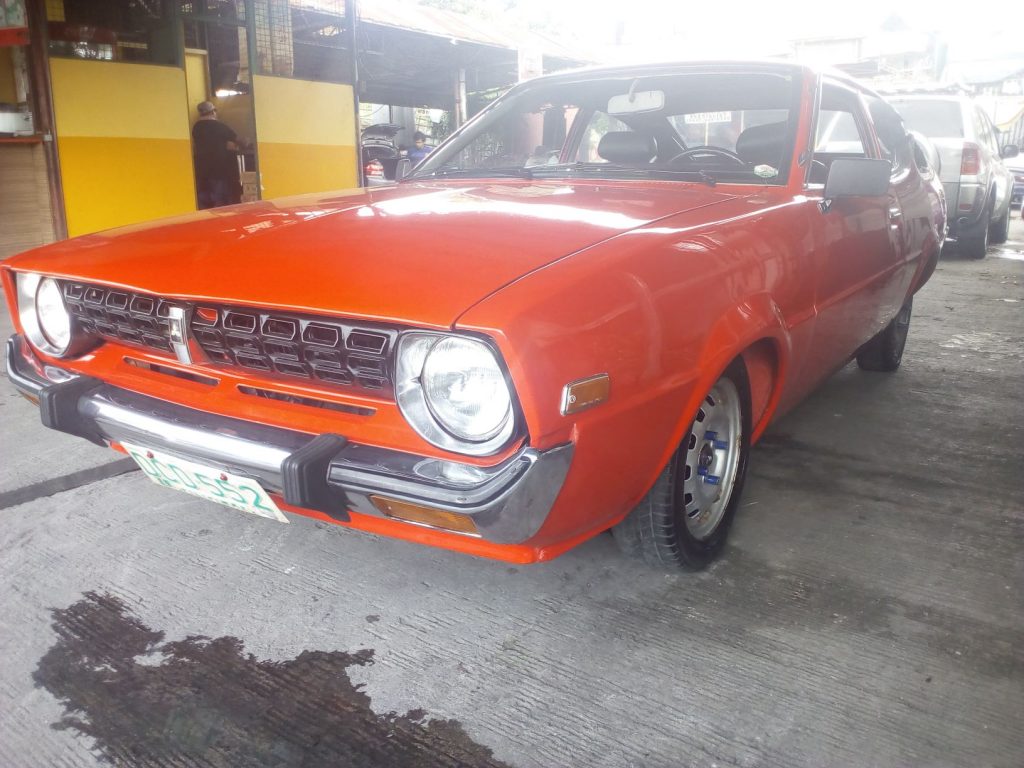
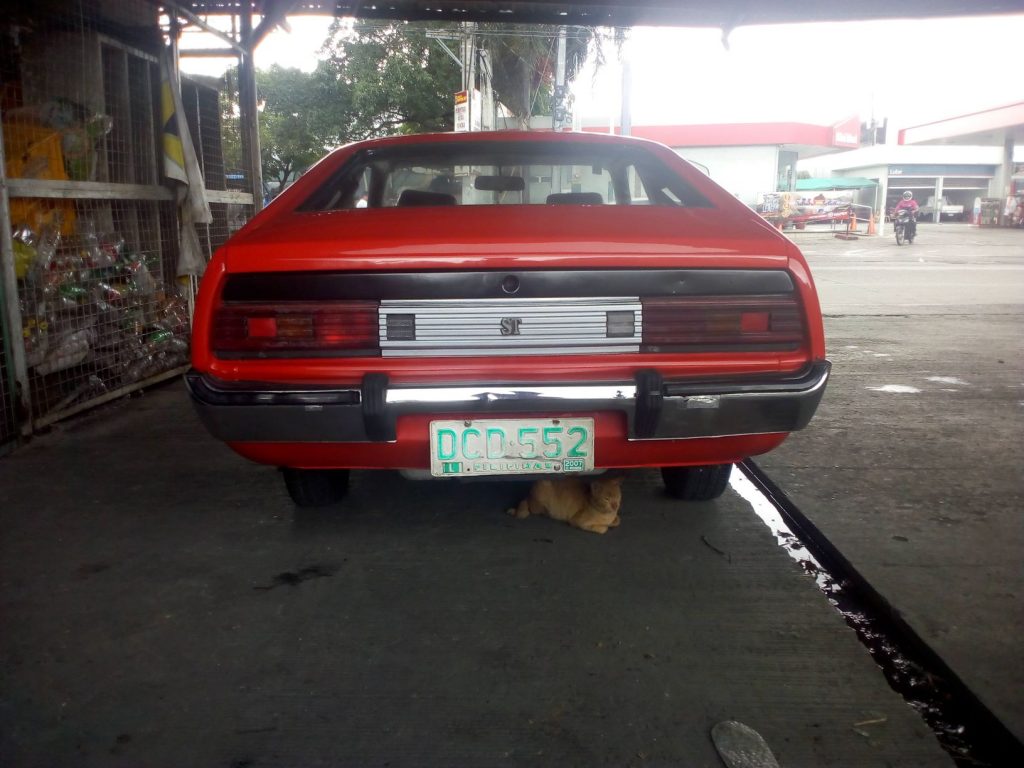
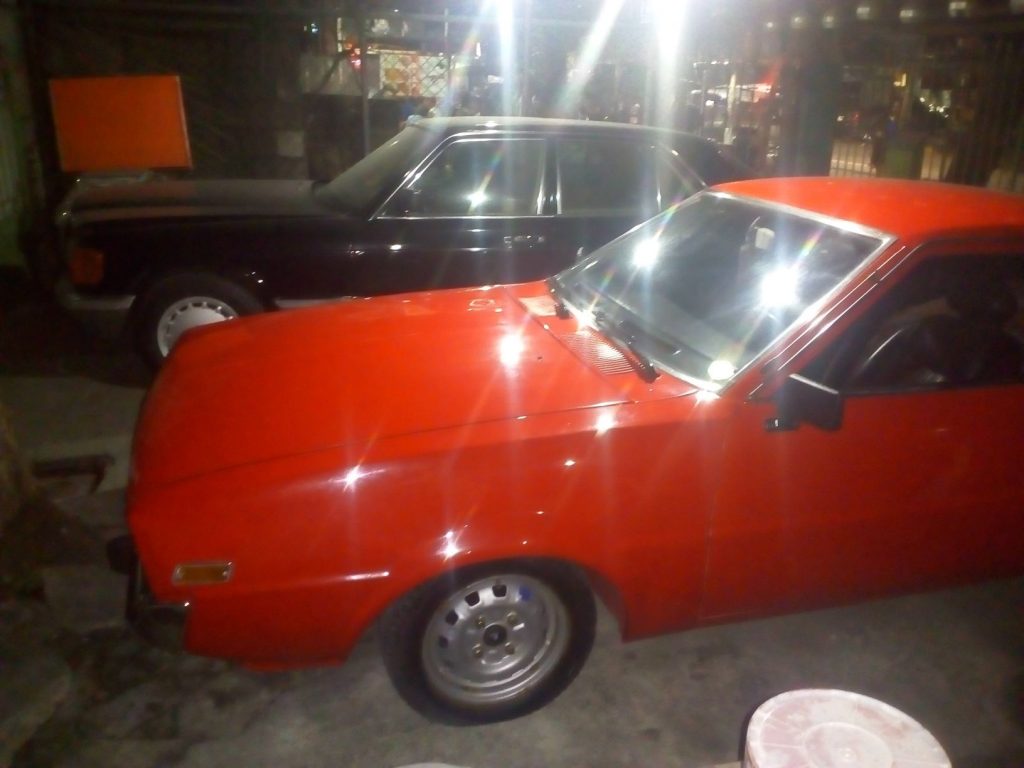
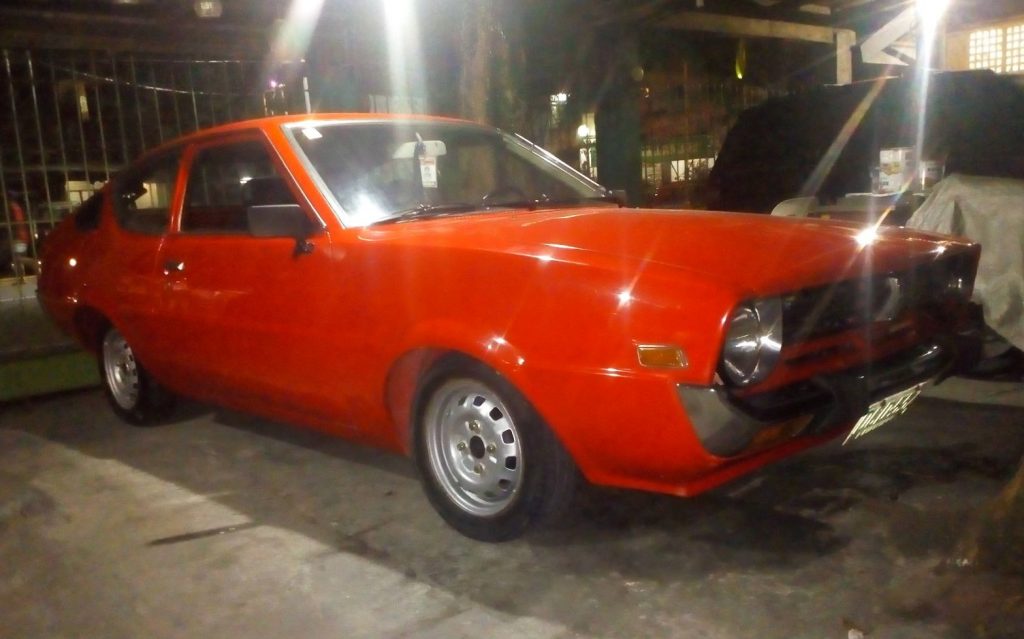
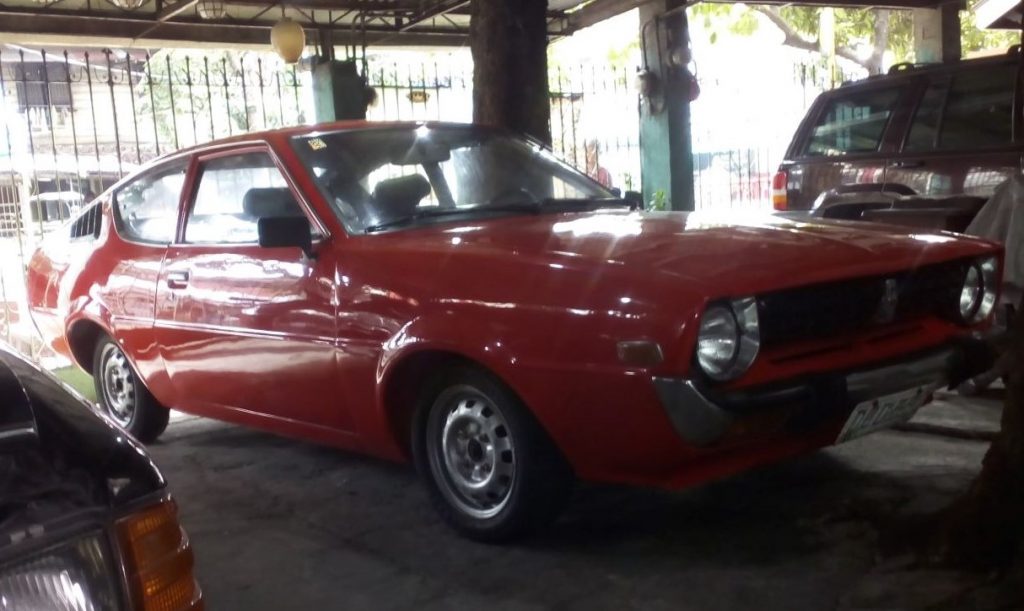
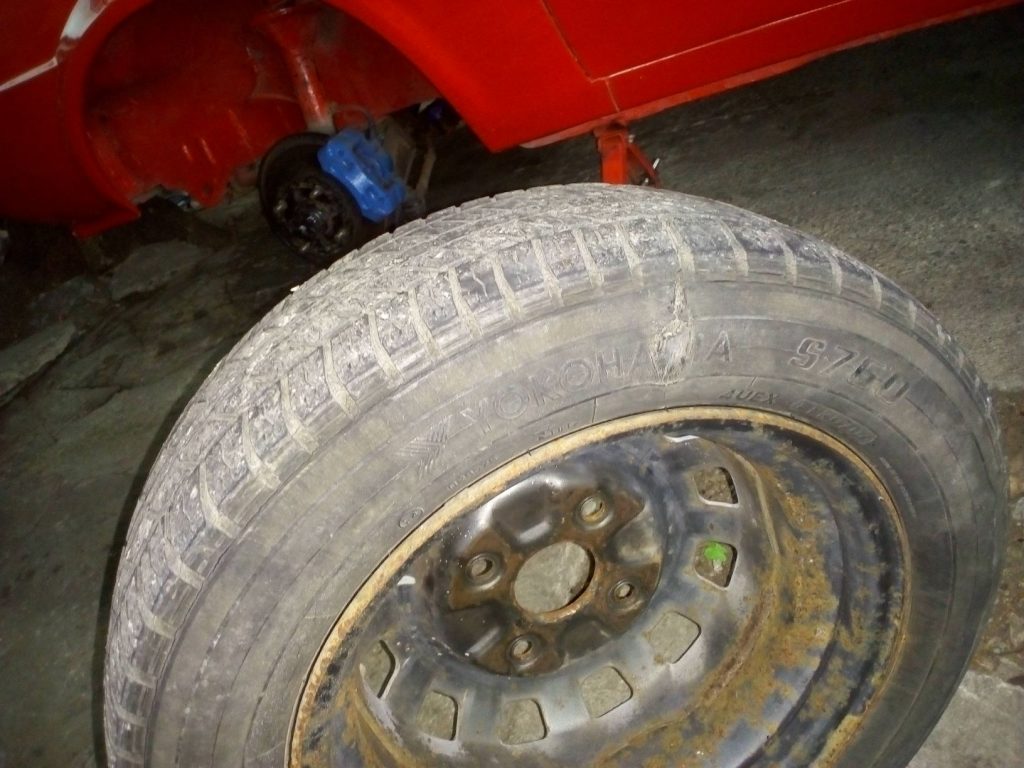
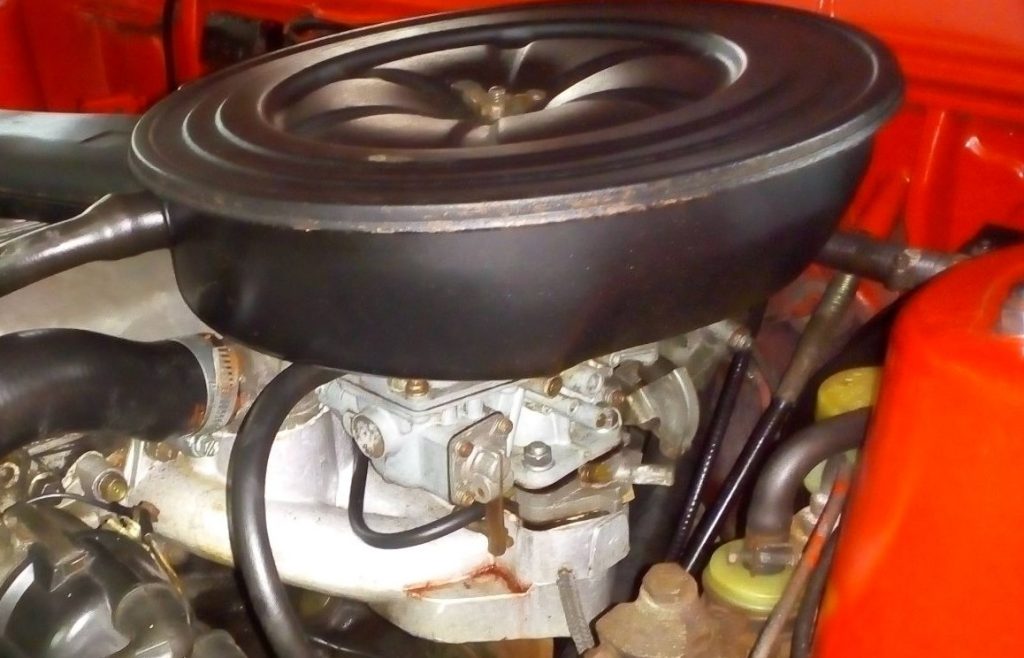
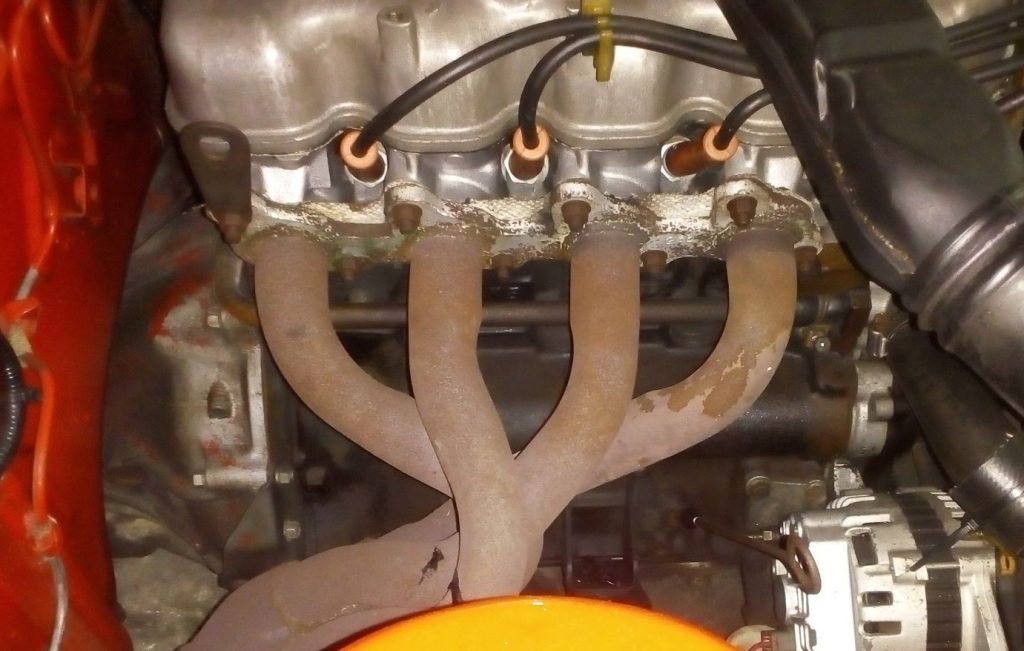
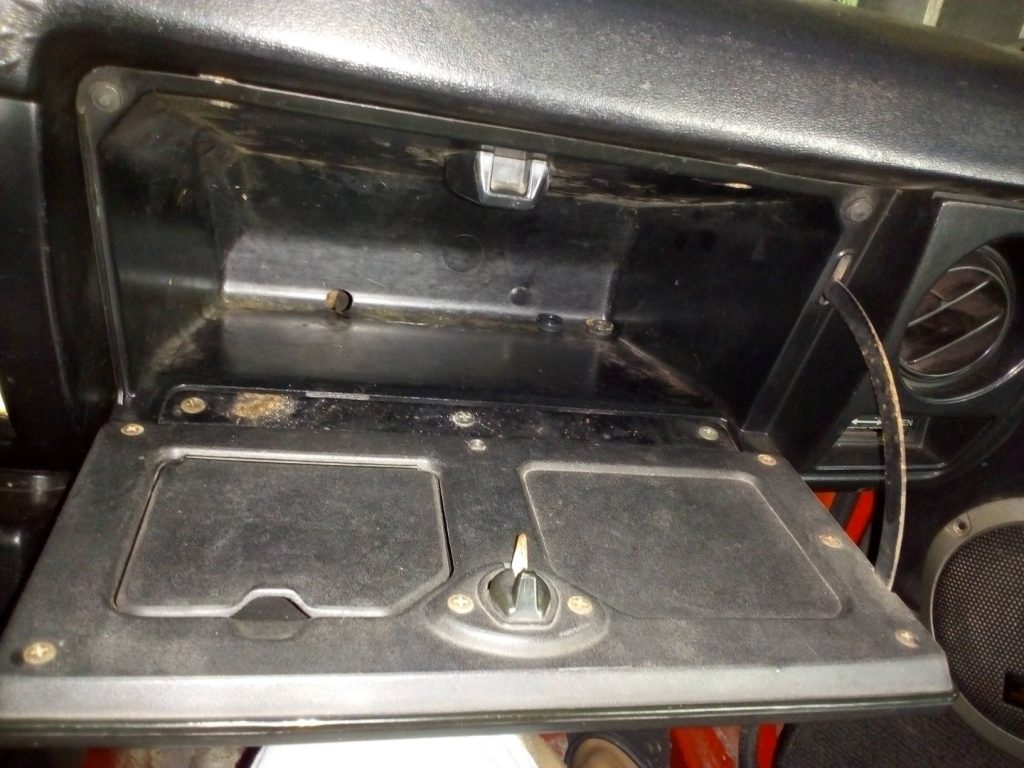
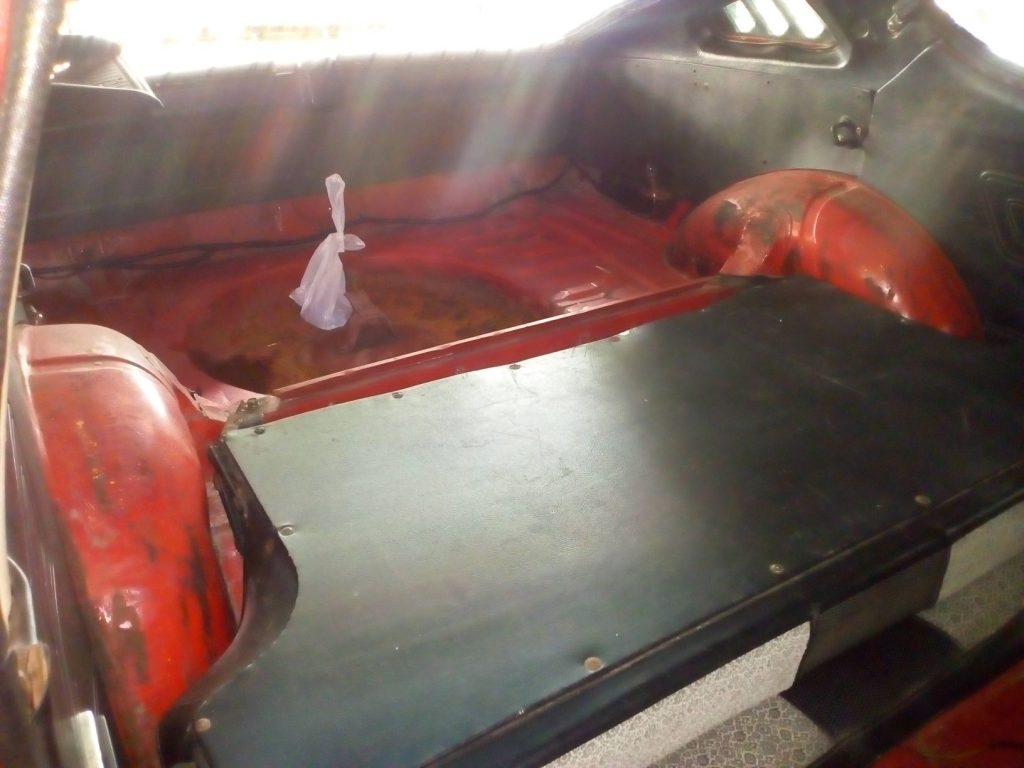
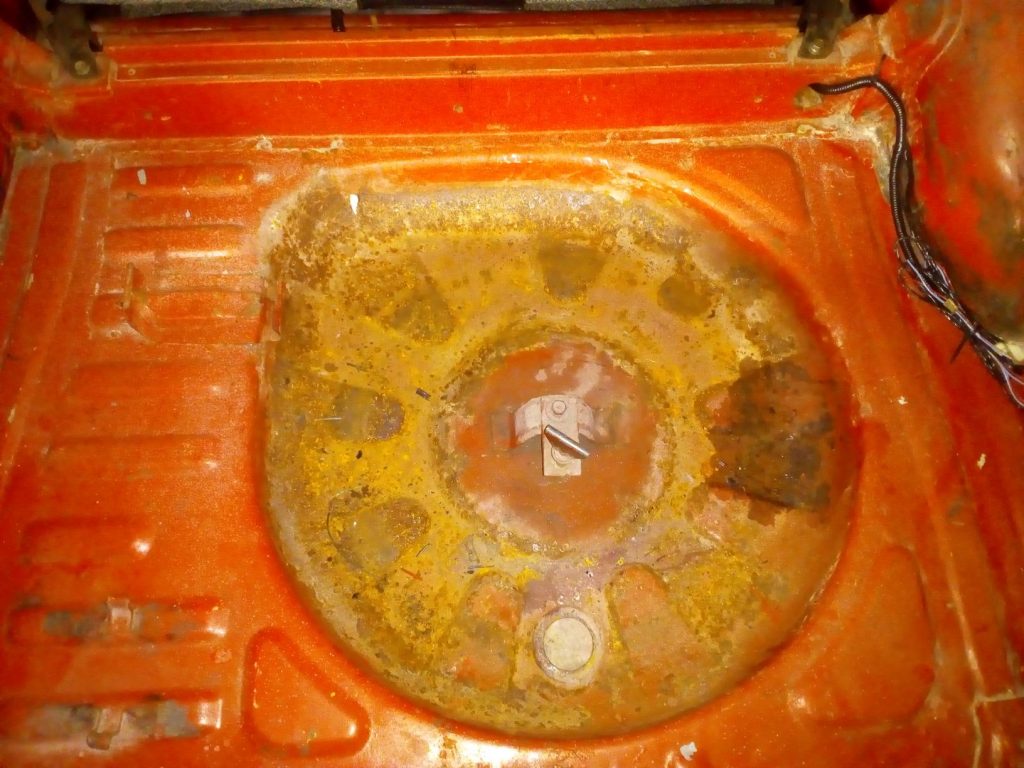
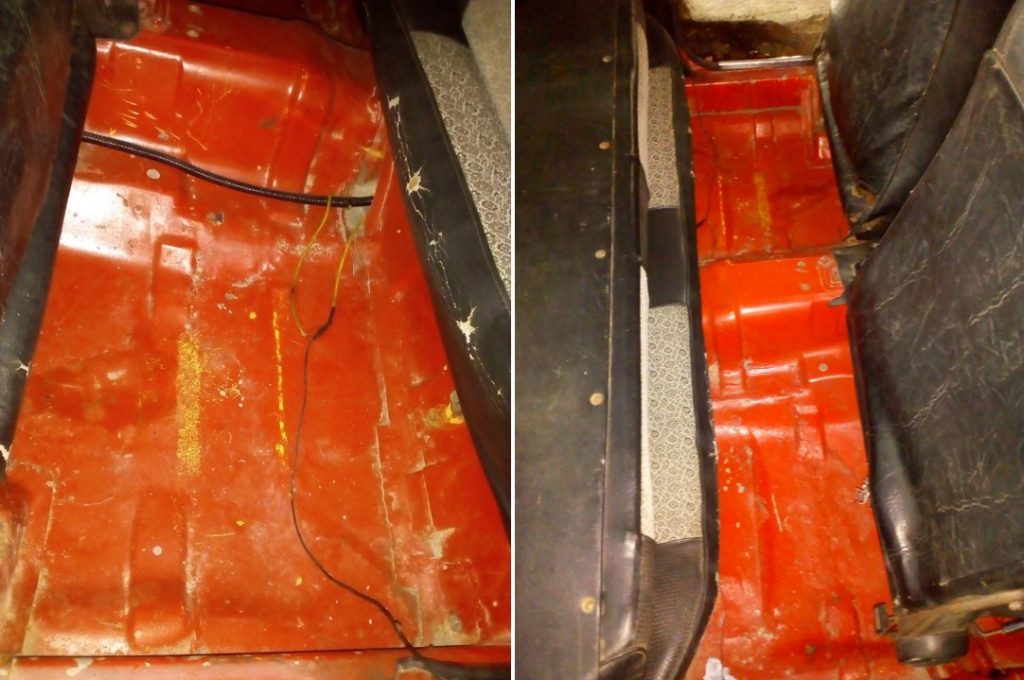
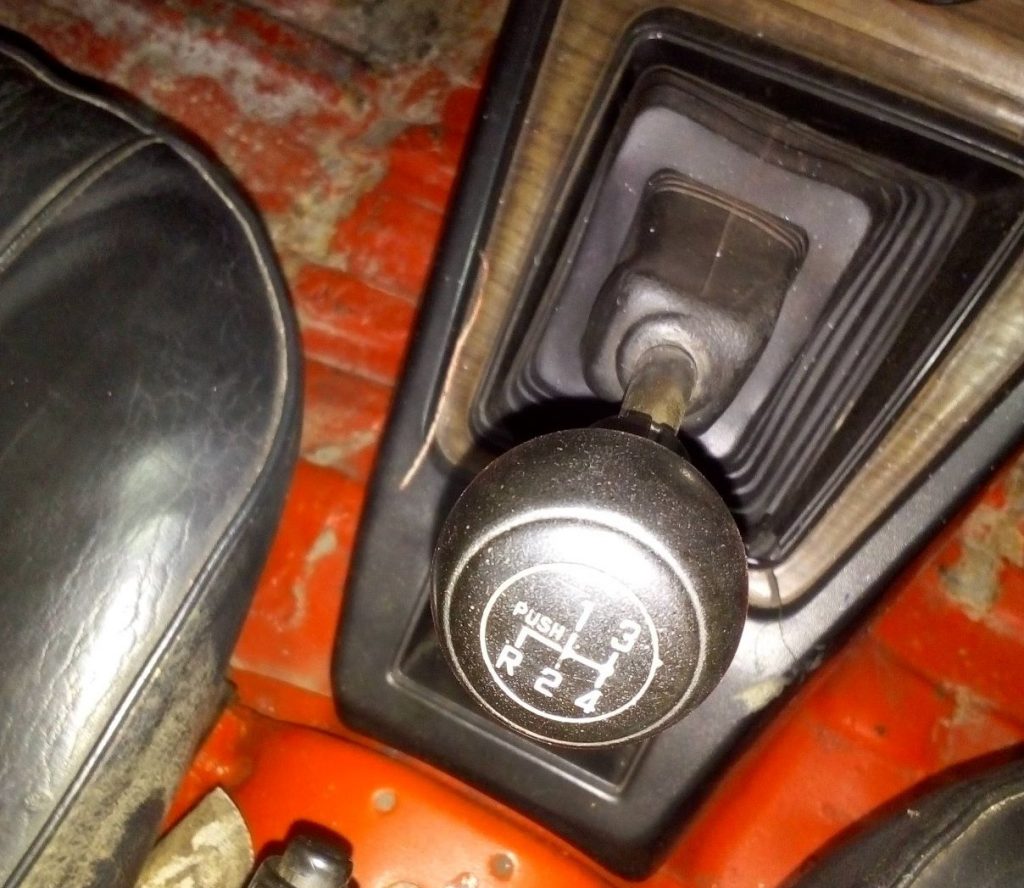
Hi sir Lester. Very inspiring documentary with twists and turns along the way. I am very curious on how the power steering and automatic tranny conversion will turn out. I also have a similar 78 celeste car project. Continue to inspire us sir!
Noel Colmenar